March 6, 2020
Heat stroke
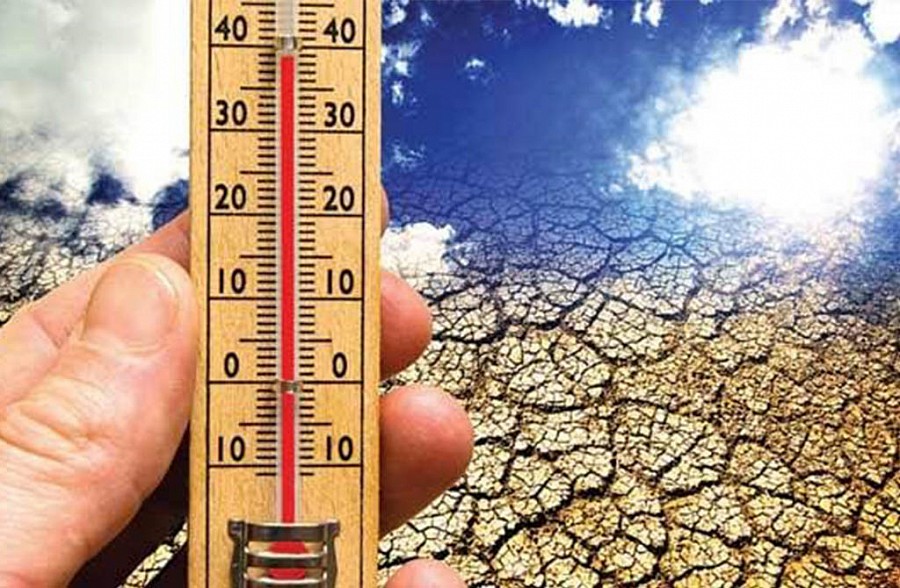
Global warming is a problem that has become increasingly relevant in recent decades. It began at the beginning of the XIX century and is gaining momentum over time. On average, compared with 1800, the temperature on Earth has increased by 0.8-1.2°C. it would seem That such a small difference, which is not felt physically, if we are talking, say, about the temperature in the room, can have an impact on such a huge system as the planet? However, the impact is huge.
First of all, it is expressed in climate changes:
• the rise in global sea level,
• changing the precipitation mode,
• increase in the number of extreme natural events. These include abnormal heat, hurricanes, and the expansion of desert areas.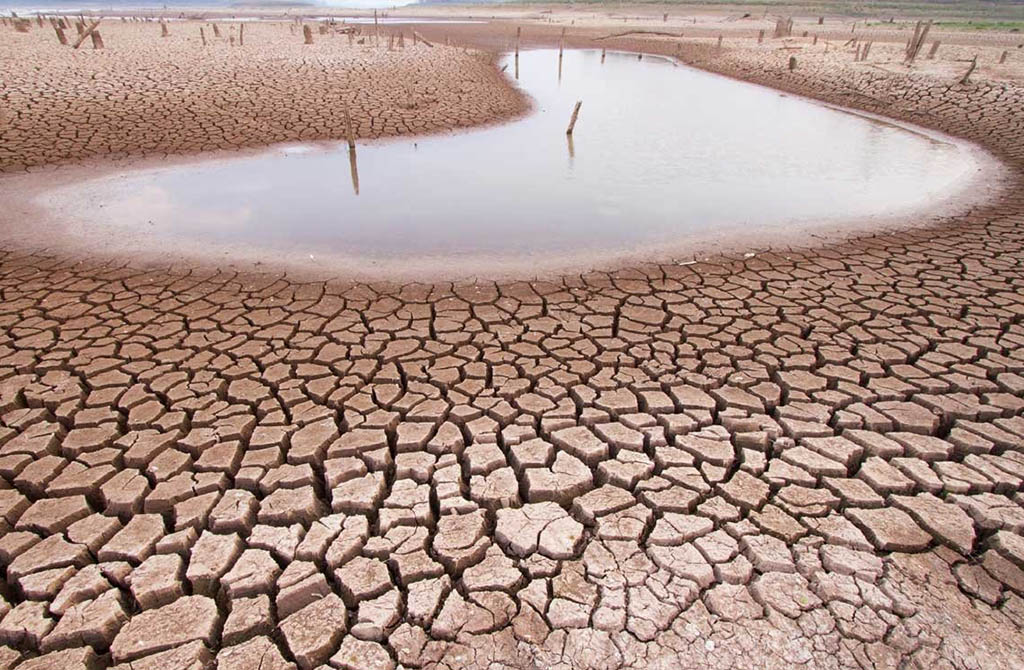 This directly affects plants and animals, forcing them to re- adapt to changing conditions. Adaptation to new conditions of life is part of the normal evolutionary process , but never in the past few millennia have these changes been so rapid. Many species simply do not have enough time to change their habits and biorhythms, and this threatens their existence.
This directly affects plants and animals, forcing them to re- adapt to changing conditions. Adaptation to new conditions of life is part of the normal evolutionary process , but never in the past few millennia have these changes been so rapid. Many species simply do not have enough time to change their habits and biorhythms, and this threatens their existence.
What mechanisms affect animals, and what consequences does this lead to or may lead to in the future? ● Changing the size and appearance of animals. Animals are getting smaller in size. In cold climates, large organisms have an advantage. Small individuals are easier to tolerate the heat. In addition, they need less food to feed themselves and their offspring. According to scientists' observations, common toads, speckled turtles , sea iguanas, and even common Wagtails and domestic sheep have decreased over the past 20-50 years.
● Changing the size and appearance of animals. Animals are getting smaller in size. In cold climates, large organisms have an advantage. Small individuals are easier to tolerate the heat. In addition, they need less food to feed themselves and their offspring. According to scientists' observations, common toads, speckled turtles , sea iguanas, and even common Wagtails and domestic sheep have decreased over the past 20-50 years.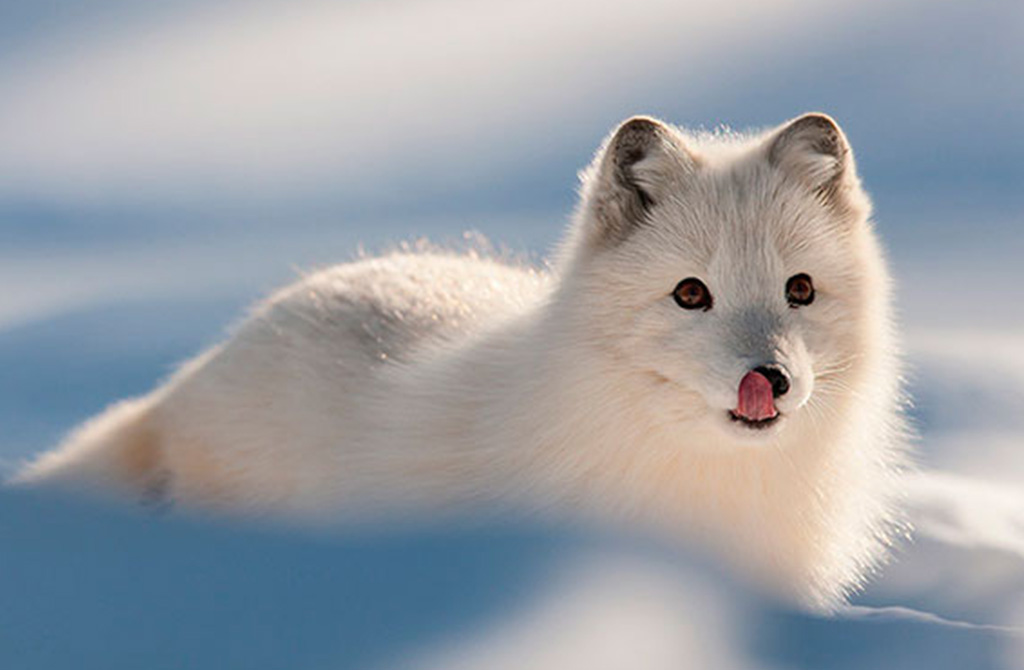 In connection with warming, the appearance of the polar Fox has changed: the ears and muzzle have become longer, because now foxes are less likely to freeze them.
In connection with warming, the appearance of the polar Fox has changed: the ears and muzzle have become longer, because now foxes are less likely to freeze them.
● Changing the habitat.
Animals move to places with more familiar conditions. For example, in the Arctic, foxes and crows are moving further North. This is due not only to the reluctance to change their habits, but also to the fact that their food base – rodents, appeared in places where it was not before. North of the Arctic circle a few decades ago, there were just lemmings. Now there are perfectly feel and favorite foxes ordinary voles.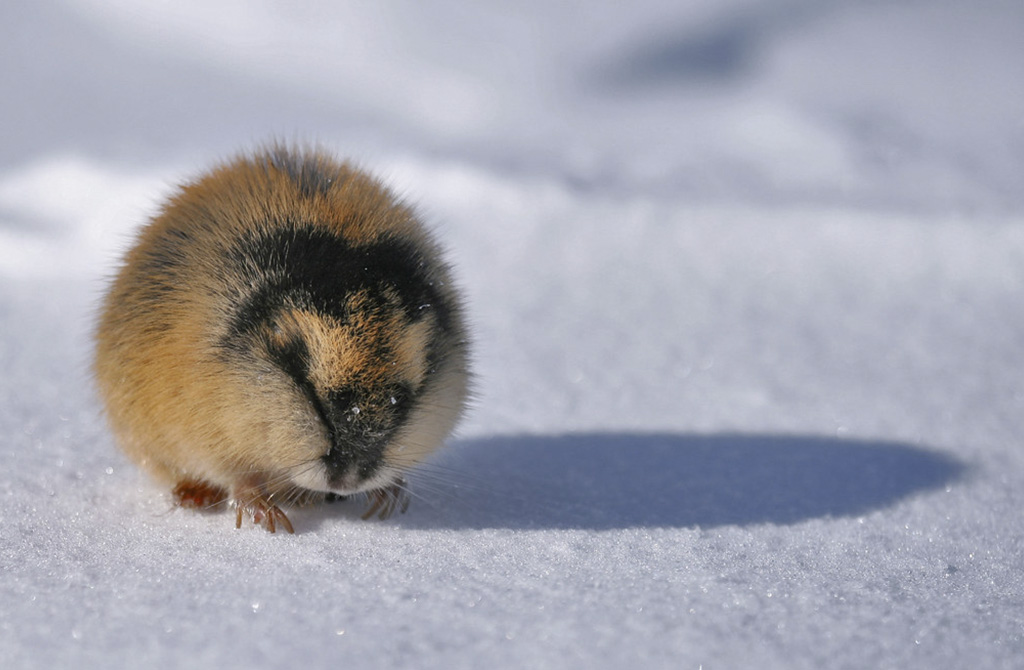 So the opposite is also true: due to global warming, the habitat of some animals is becoming wider. For example, in the Kara sea, a snow crab (or strigun crab) appeared and began to actively breed, which got there from the Far East along with the ballast waters of ships. According to the forecasts of Rosrybhoza with 2020 is quite possible to start industrial fishing.
So the opposite is also true: due to global warming, the habitat of some animals is becoming wider. For example, in the Kara sea, a snow crab (or strigun crab) appeared and began to actively breed, which got there from the Far East along with the ballast waters of ships. According to the forecasts of Rosrybhoza with 2020 is quite possible to start industrial fishing.
There are more brown bears in the Arctic. In Yamal, bears even began to leave the forest in search of food in villages and look for their lunch in garbage containers.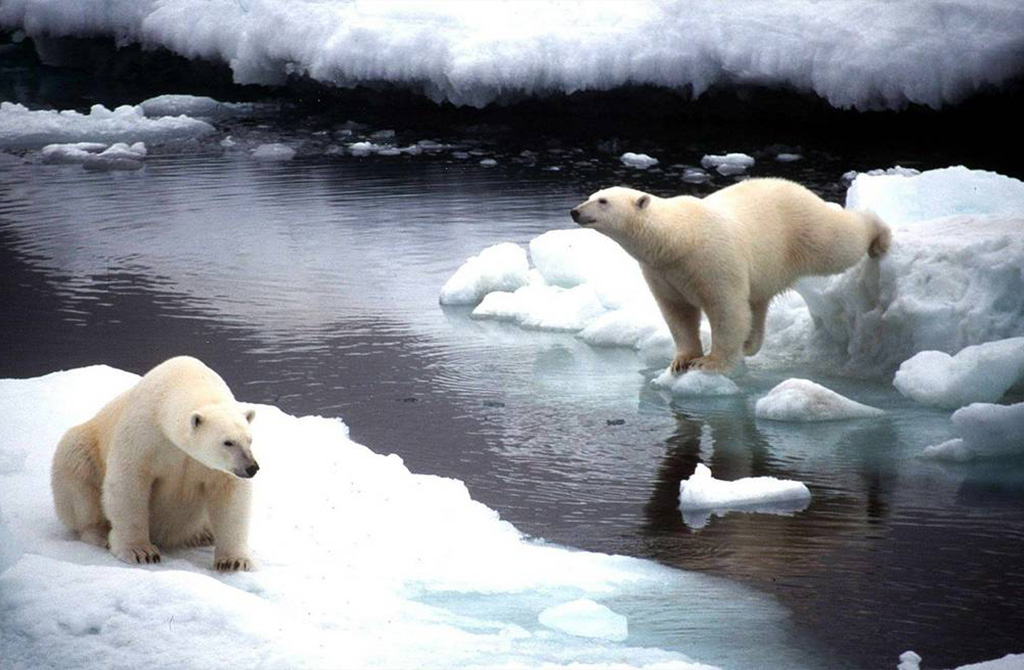 But polar bears have a hard time. They are used to foraging for food by hunting seals that rest on ice floes that drift near the shore. Now, due to warming, these ice sheets have begun to melt, and bears have to swim far out to sea or go deep into the mainland in search of food. Both options don't do the bears any good. They often drown, not having the strength to swim to the shore and ice floes, which you can climb to rest. And on land, they are inferior to their competitors-grizzly bears. In addition, land animals are less fat and nutritious than sea seals. The us geological survey gives a disappointing forecast: 2/3 of polar bears will disappear by 2050.
But polar bears have a hard time. They are used to foraging for food by hunting seals that rest on ice floes that drift near the shore. Now, due to warming, these ice sheets have begun to melt, and bears have to swim far out to sea or go deep into the mainland in search of food. Both options don't do the bears any good. They often drown, not having the strength to swim to the shore and ice floes, which you can climb to rest. And on land, they are inferior to their competitors-grizzly bears. In addition, land animals are less fat and nutritious than sea seals. The us geological survey gives a disappointing forecast: 2/3 of polar bears will disappear by 2050.
● Changing the diet, and at the same time the appetite, threatens not only polar bears. Due to the large emission of carbon dioxide into the atmosphere, the process of photosynthesis in the leaves of green plants is accelerated. Because of this, they do not have time to develop enough nutrients.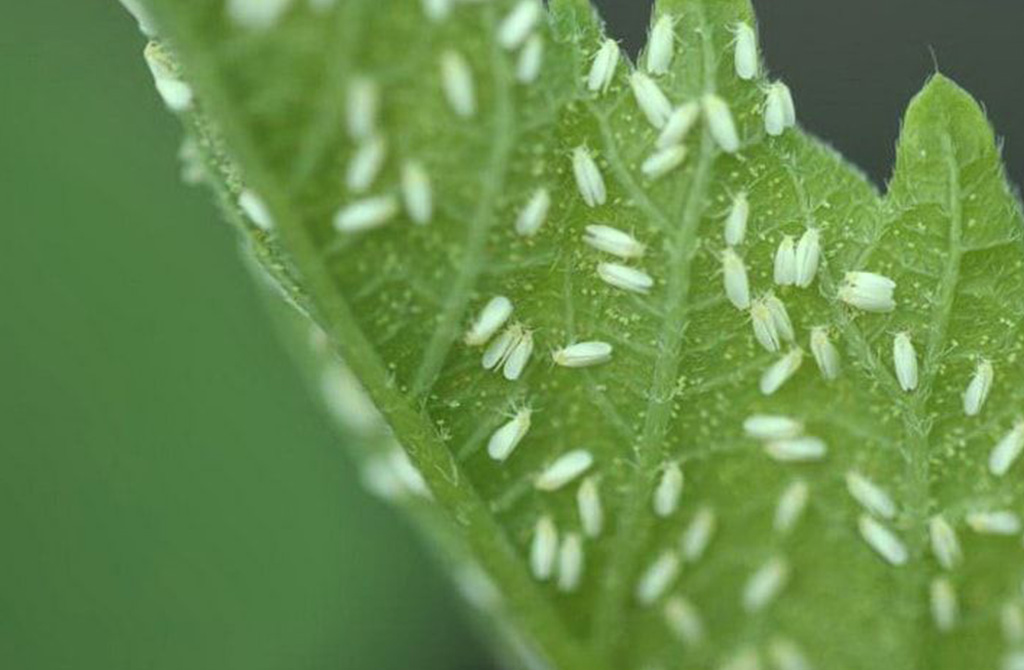 According to the forecasts of scientists from Pennsylvania, this will lead to an increase in the voracity of insects and their larvae that feed on green foliage. This can be a big problem for plants, herbivores, and farmers.
According to the forecasts of scientists from Pennsylvania, this will lead to an increase in the voracity of insects and their larvae that feed on green foliage. This can be a big problem for plants, herbivores, and farmers.
● Phenological mismatch.
In addition to the displacement of natural areas and, consequently, habitats of different species in space, there is also a shift in time. Seasonal changes, such as the onset of flowering or coming out of hibernation, occur earlier, and because of this, processes that were previously strictly coordinated with each other occur at different times. In scientific language, this is called a phenological mismatch.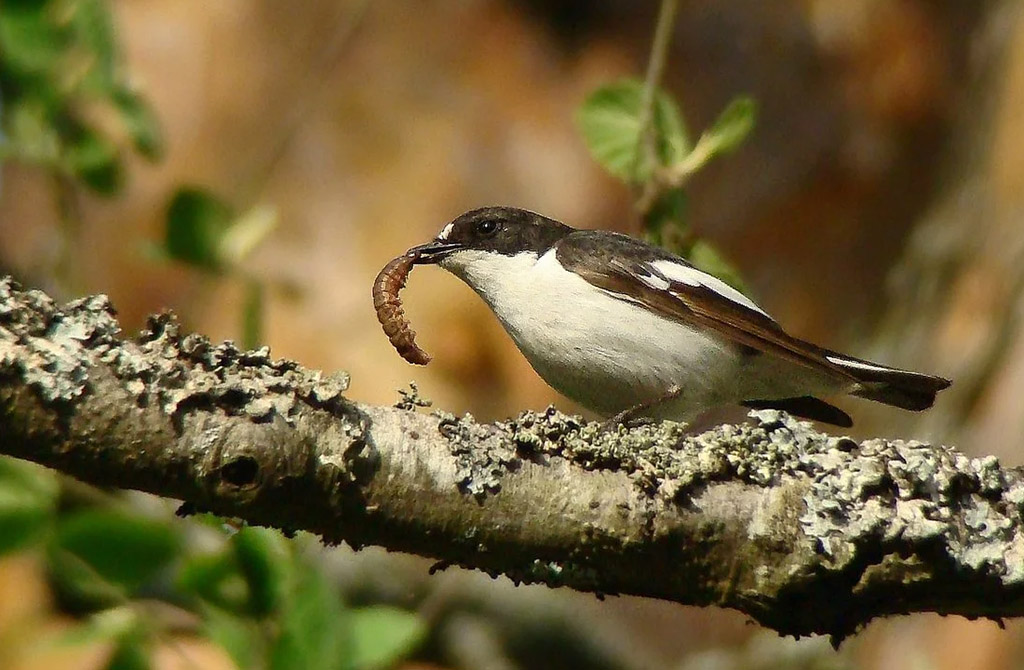 For example, the mottled flycatcher spends the winter in Africa, and it arrives in Europe to hatch Chicks before the winter moth caterpillars are hatched, living on the newly opened leaves of an oak tree. This season lasts only a few weeks, and due to the fact that as a result of climate warming, oak leaves bloom earlier, in some places for 2 weeks, caterpillars are also hatched earlier, and flycatchers continue to arrive at the same time. Because of this, they do not have time to feed the Chicks and their number has decreased dramatically in recent years. And there are many such examples.
For example, the mottled flycatcher spends the winter in Africa, and it arrives in Europe to hatch Chicks before the winter moth caterpillars are hatched, living on the newly opened leaves of an oak tree. This season lasts only a few weeks, and due to the fact that as a result of climate warming, oak leaves bloom earlier, in some places for 2 weeks, caterpillars are also hatched earlier, and flycatchers continue to arrive at the same time. Because of this, they do not have time to feed the Chicks and their number has decreased dramatically in recent years. And there are many such examples.
According to scientists, if global warming continues at the same pace, by 2050 we will lose, according to various sources, from 17 to 35% of the species of terrestrial creatures.
Which species are not threatened by global warming?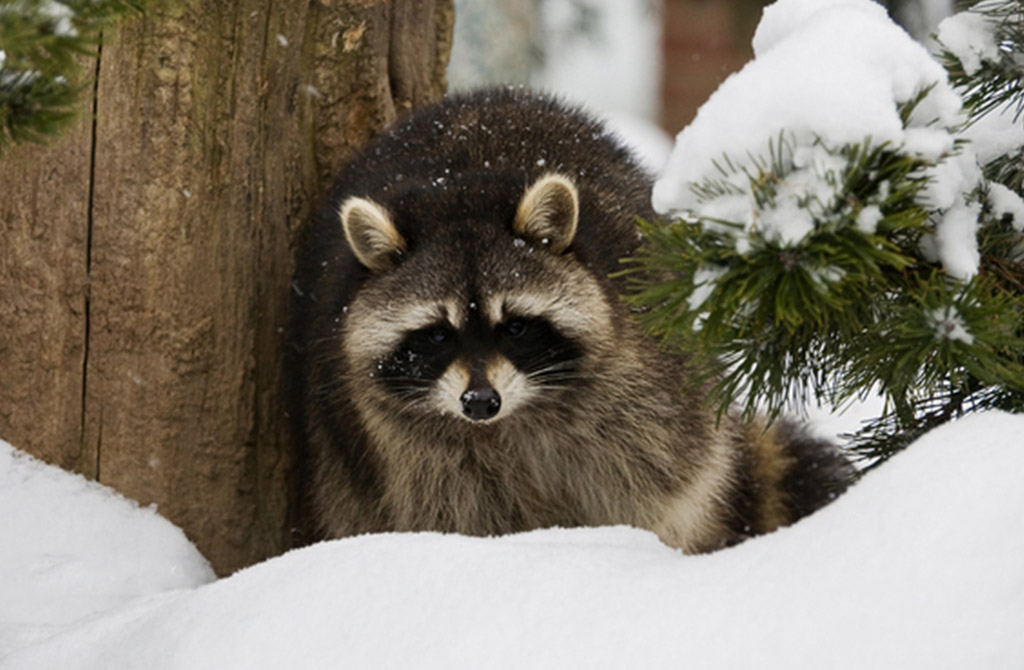 ● First of all, these are animals that are not fastidious in food and actively reproduce. Unfortunately, the first that scientists cite as an example, are very-nice creatures, like rats and cockroaches. But in this same list fall beloved by many raccoons.
● First of all, these are animals that are not fastidious in food and actively reproduce. Unfortunately, the first that scientists cite as an example, are very-nice creatures, like rats and cockroaches. But in this same list fall beloved by many raccoons.
By the way, the forecast for humans is controversial: the rate of our reproduction is considered by some scientists to be insufficient to survive in the event of global climate change.
● The second category of creatures that will survive global warming is deep – sea inhabitants. Bottom communities exist at the expense of the energy of the planet's core, so what happens on the surface is of little concern to them.
Can we stop global warming and slow down the rate of change that is happening to our planet?
Scientists believe that Yes, but it will require the same global efforts on our part. There are two reasons for global warming: an increase in solar activity and the emission of greenhouse gases, aerosol particles and soot into the air. If we can't do anything about the first factor, then the anthropogenic factors directly depend on us.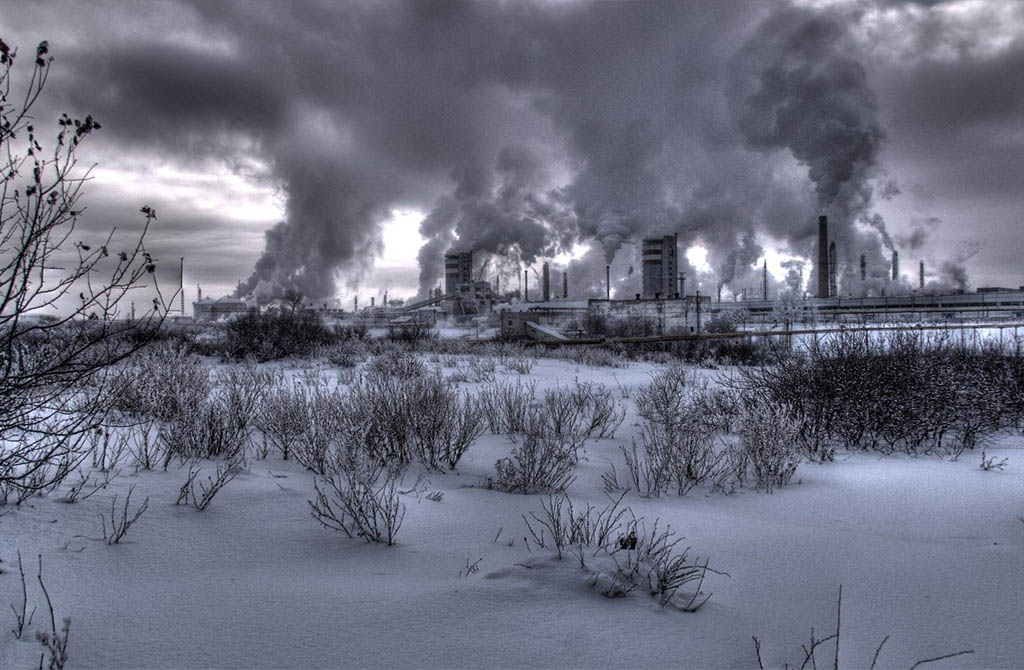
 What can we do:
What can we do:
• Reduce the burning of fossil fuels-oil and gas-switch to environmentally friendly renewable energy sources: solar, wind energy.
• Reduce the number of trips by car. It is best to switch to a Bicycle (if the climate and distance of the trip allows) or an electric car.
• Make changes to your diet. Animal husbandry is one of the main sources of methane, which is produced in the intestines of ruminants. Paradoxically, eating less meat and dairy products helps slow down global warming. If we reduce the amount of meat in our diet by half, our "carbon emissions" will be reduced by 40%.
• Stop using hydrofluorocarbons in air conditioners and refrigerators. Their greenhouse effect is 9,000 times higher than that of CO2. 190 countries have already signed an agreement to phase out these substances.
• Reduce the number of flights.
• Conscious approach to shopping. Goods imported from far away (for example, from Chile or Australia) require high energy costs for transportation. Harms the nature and the mindless acquisition of things on sale. Clothing production accounts for 3% of greenhouse gas emissions. So the old idea that it is better to have a few expensive basic things of good quality than a whole wardrobe of cheap clothes that will go out of fashion or out of order by the next season and end up in a landfill has an environmental coloring.
• And by the way, about landfills. Here is another ever-growing source of greenhouse gases. Separate collection and recycling of garbage is also the personal responsibility of each person.

Author: Maria Astakhova
Read more
July 31, 2024
April 12, 2024
April 5, 2024